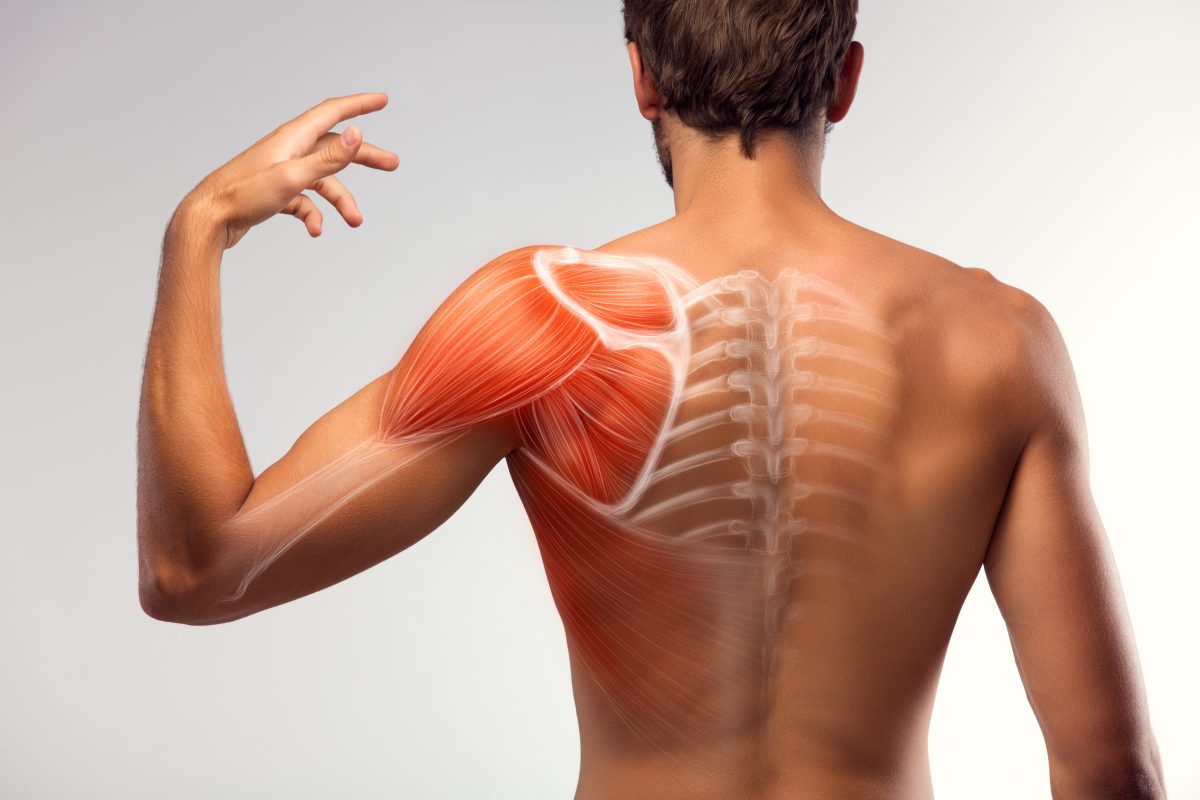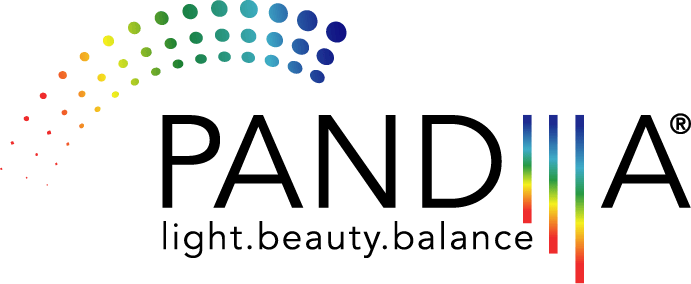Light therapy is a scientifically proven method employed in various medical fields. For example, for seasonal depression in the winter, for sleep disturbances, migraines or even acne. With the right lights and devices, it is simple and pleasant to use – and all with virtually no notable side effects. Positive effects are usually achieved within a few days or weeks of regular application. Light therapy is also significantly less expensive than drug treatment.
There has been extensive research into the effect of photobiomodulation on athletes for years. With this type of therapy, light of specific wavelengths is applied to certain sections of muscle. The aim is to speed up muscle regeneration after sporting activities and provide general performance support in terms of endurance. Multiple scientific studies from the USA and Brazil have now proven these effects.
What does the light do to the muscles?

A laboratory study published in 2016 investigated the responses of male identical twins to infrared light therapy or a placebo combined with a strength training programme. This study is publicly available at the US National Center for Biotechnology Information. Using the principle of randomisation, the two test subjects underwent either infrared light therapy or a placebo therapy. This involved applying flexibly arranged light-emitting diodes (wavelength of 850 nm for 15 seconds) to both quadriceps femoris muscles in each twin immediately after each bout of strength training (three times a week for 12 weeks) consisting of leg press and leg extension exercises.
Muscle biopsies, magnetic resonance imaging, maximum load and fatigue resistance tests were performed before and after the training programme to assess muscle hypertrophy (muscle development) and power. Creatine kinase values in the blood documented muscle damage and delayed impending muscle soreness during the training programme. The creatine kinase, an enzyme that primarily occurs in all muscle cells and in the brain, triggers a reaction in which adenosine triphosphate, the universal source of energy in all cells, is regenerated.
The results of the study showed that, compared with the placebo therapy, the infrared light therapy increased the maximum load during training and reduced fatigue and creatine kinase levels. The resulting conclusion is that therapy with light-emitting diodes can be helpful in reducing muscle damage and pain, and with muscle mass, regeneration and athletic performance in rehabilitation programmes and sports medicine. Learn more about light and its effects.
Can light therapy also boost performance?
Another field study performed in São Paolo and published in 2016 in the Journal of Strength and Conditioning Research involving 12 rugby players, also demonstrated that light therapy improves performance, prevents fatigue of the skeletal muscles and speeds up recovery. This study was conducted on a randomised, double-blind and placebo-controlled basis to achieve the greatest possible meaningfulness in terms of the effectiveness of light therapy. In this trial, red and infrared LEDs were used in combination with a pulsed laser.
Rugby is a sport involving strenuous physical activity and requires its players to be in excellent physical condition. To minimise the cumulative fatigue during a match, and in particular the risk of subsequent overuse injuries, various methods have therefore been sought not only to aid recovery, but also to speed it up. Scientists reached the conclusion that the light therapy improved the performance of the athletes in the field study and accelerated the breaking down of lactate in the blood.
Blood lactate levels, perceived tiredness, average and best sprint time, and the fatigue index were measured as dependent variables. The independent variables were the treatment duration in three phases (familiarisation, placebo control and light therapy) and the time for the blood lactate levels (initial value, then 3, 10, 30 and 60 minutes later).
Yes!
The active therapy with photobiomodulation enabled the athletes to maintain their running speed throughout the entire series of sprint tests and resulted in a significant decrease in the fatigue index. It prevented the expected rise in blood lactate levels and promoted faster recovery after the respective training units. The results of the trial show that light therapy can be used as an effective method of improving performance and for regeneration in athletes. It has the potential to keep athletes at a higher level of performance thereby avoiding injuries due to impaired recovery.
Additional research is needed in this new area however to gain greater insight into other sport-specific activities and the mechanisms of action of light therapy. For example, more recent publications document positive effects on muscle recovery when the light therapy uses a combination of light of different wavelengths.
And what can light therapy do for amateur athletes?

An initial, current preliminary study – more are in the planning stages – with the PANDIIIA® light therapy device supports the findings of the aforementioned scientific studies. At a local Bavarian medium-sized sports association (departments for football, track and field, skiing, tennis and gymnastics), 10 male athletes volunteered to take part in this preliminary study. The athletes are aged 18 to 29, with one being 47, and play football and run. Over a test period of several days, they were subjected to a different number of treatments with the PANDIIIA® light therapy device. Magenta and white light were used for the treatments. The treatment duration with white light was 15 minutes in each instance and 30 minutes with the magenta-coloured light.
Overall, the test subjects stated that the treatments had positive effects on regeneration after their sporting activities, and some were even able to document a measurable improvement in performance. Other positive effects included reduced pain (joints, tension, strains) and improved sleep. The amateur athletes felt more focused and energised both during training and afterwards. They also noted a predominantly better general mood. This preliminary trial also showed that regular and repeated use sustainably increases the positive effects and that a combined treatment with white and magenta light is more effective.




